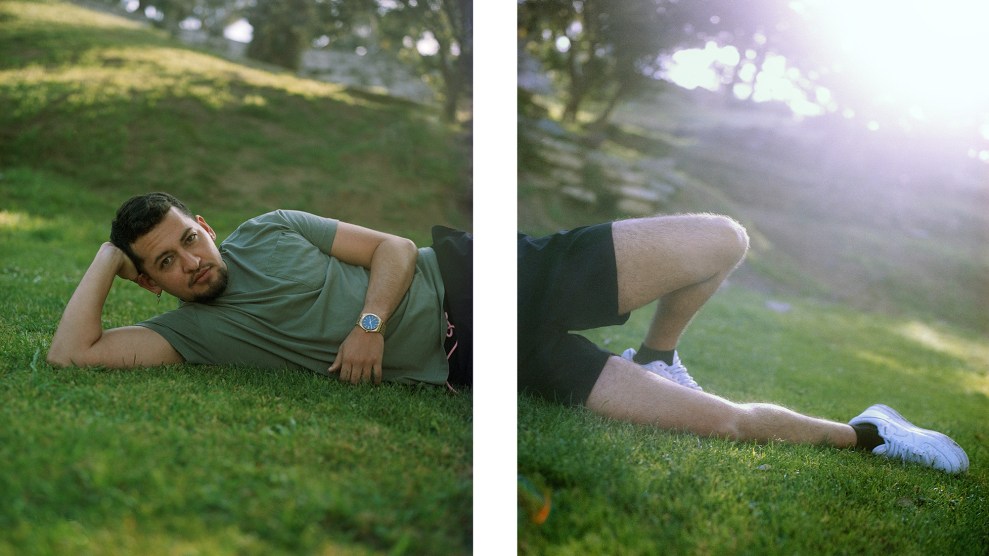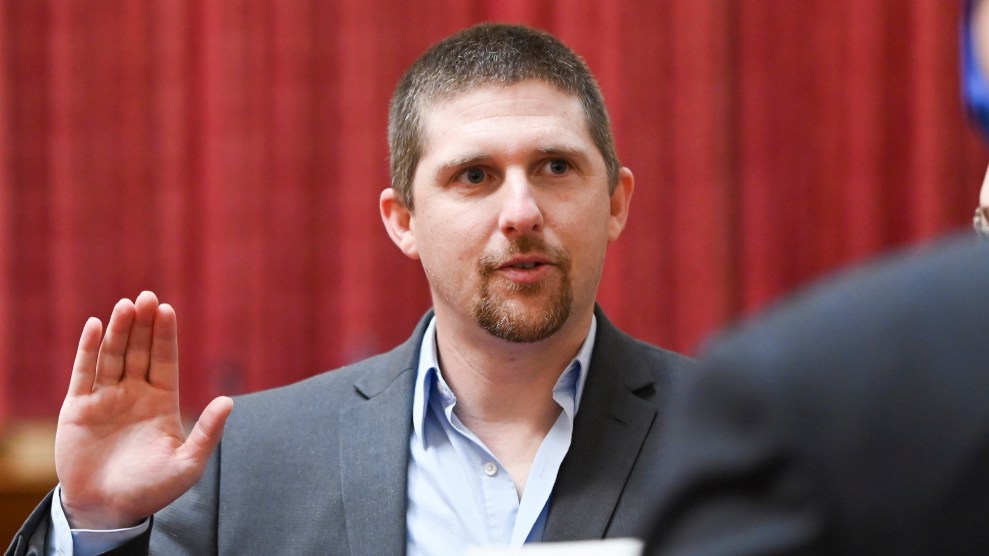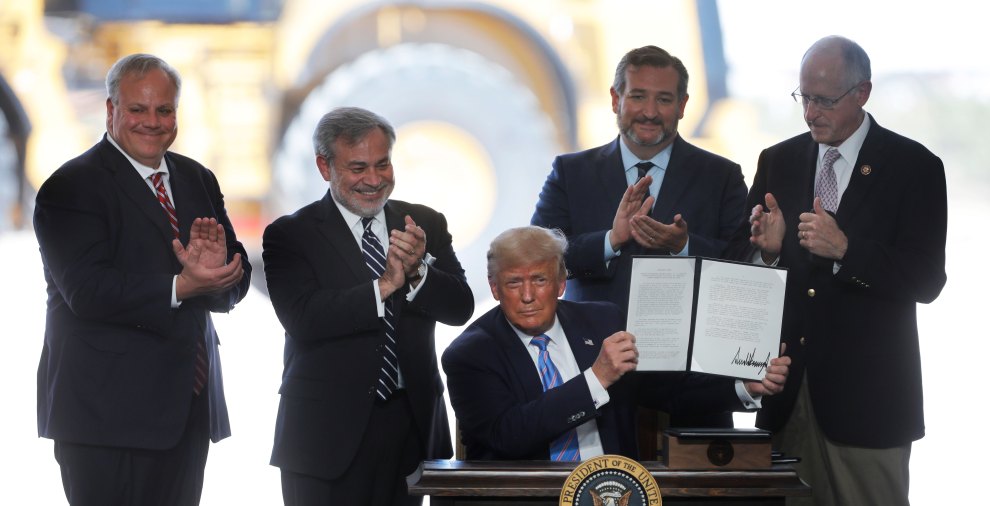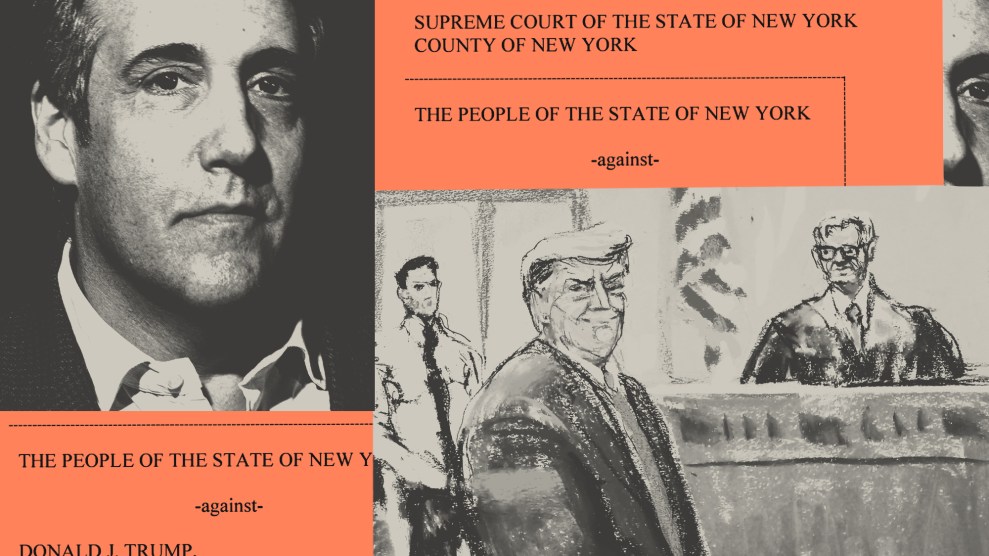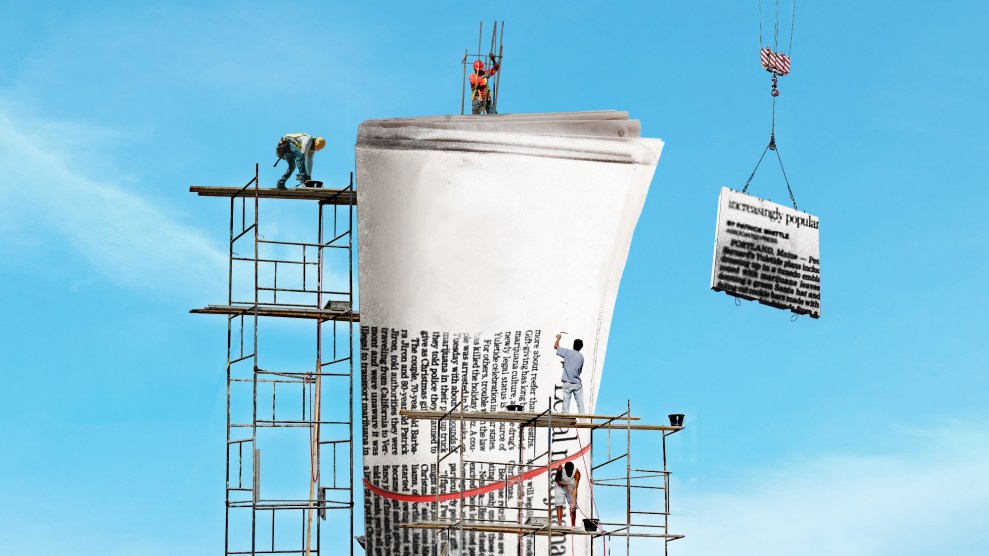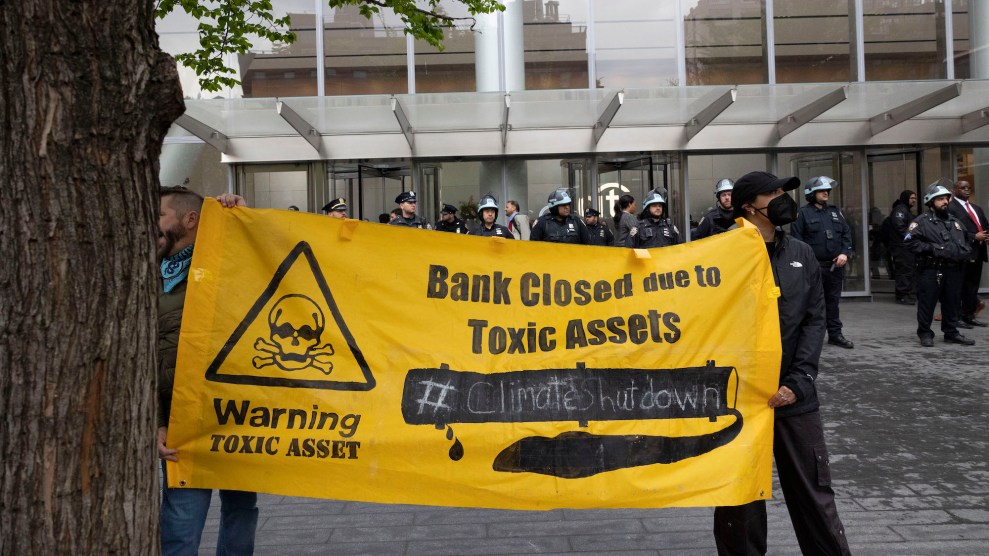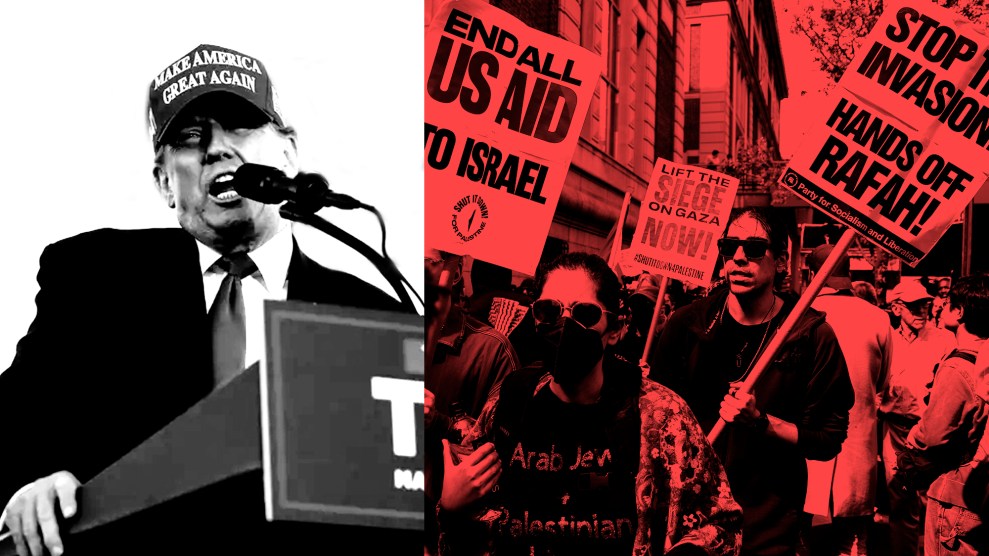you don’t have to leave the United States for an object lesson in how an emissions offset system can go wrong. Consider Vernon, California: The tiny city and its neighboring communities have some of the highest air pollution levels in the Los Angeles basin—and it could get worse because of one of the world’s first offset initiatives.
In the early ’90s, Southern California implemented a federally mandated offset program for the toxic air contaminants known as particulate matter. As the demand for pollution offsets increased, the South Coast Air Quality Management District, which oversees the program, found itself with a tempting option: Instead of holding on to its small quota of offsets set aside for essential services such as schools and fire departments, it could sell them for a healthy profit. With particulate-matter offsets going for $200,000 a pound, the air district stands to rake in about $420 million. Polluters who buy the offsets can save millions over what they would have paid for them on the open market.
Even though Southern California’s air pollution levels have been capped, offsets could have a paradoxical effect on the 100 or so residents of Vernon and the mostly Hispanic and low-income residents of surrounding areas. Vernon, whose motto is “Exclusively Industrial,” was already a pollution magnet; its city council welcomed just about any facility that wanted to locate there, including a hazardous-waste dump and a metal-processing plant. There are now plans to use pollution offsets to build a 934-megawatt natural-gas-fired power plant there. That’s perfectly acceptable within the rules of the offset program, but it means a greater concentration of toxic air pollutants in an already hard-hit area.
“It’s as if the local permitting authorities are saying, ‘We already have a national sacrifice area in Vernon; a little more wouldn’t make any difference,'” says Pat Costner, science adviser to the Global Alliance for Incinerator Alternatives. Or as Angela Johnson Meszaros, director of policy for the California Environmental Rights Alliance, concludes, “Access to pollution credits means pollution in our communities, period.”


